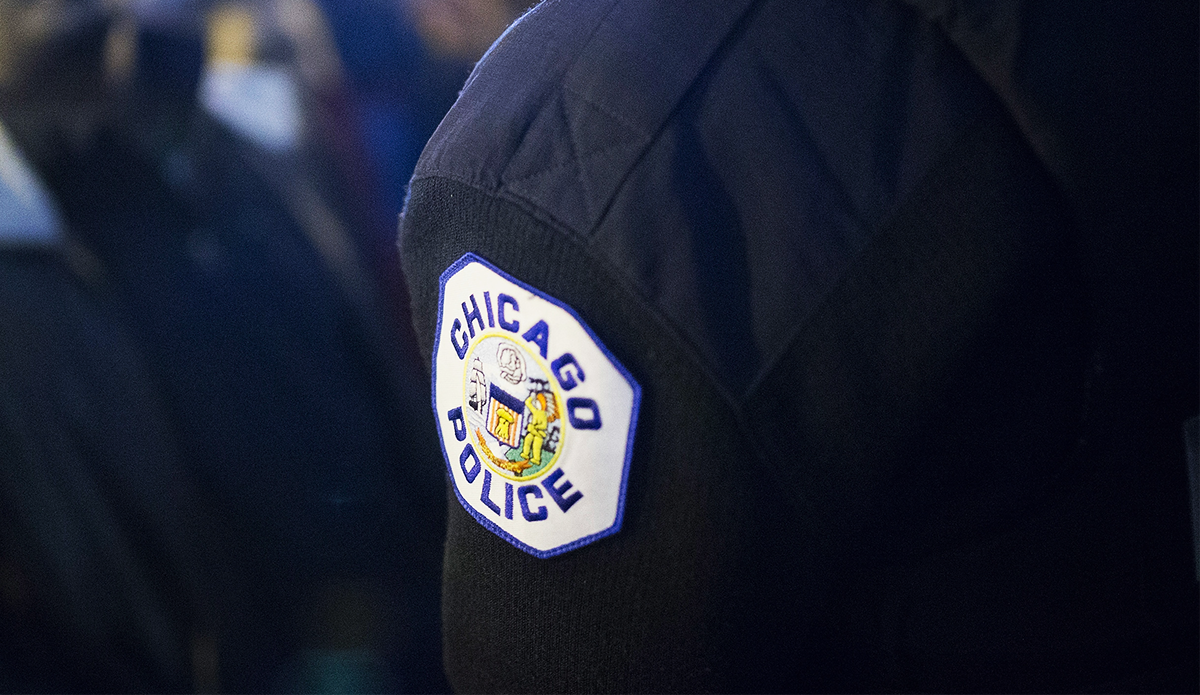Fuel prices are ridiculous, the economy is unstable (to put it lightly), and people are steadily becoming more aware of their ecological impact. It only makes sense that more Americans are parking their cars and are instead turning to mass transit to get where they're going.
The CTA's ridership numbers for August 2008 show an increase of 9.5% compared to the same time last year. And Amtrak's stats have jumped significantly, reporting a 14% increase in July—the biggest boost in its 36-year history.
It appears Congress finally noticed.
Last week, lawmakers passed the Federal Railroad Safety Improvement Act, which will double Amtrak's federal funding to $13 billion over five years.
The legislation will "substantially change our federal policy toward passenger rail travel," said Senator Frank Lautenberg of New Jersey during a Senate debate, as reported by the Wall Street Journal.
The bill also authorizes $3.4 billion to create high-speed passenger rail routes and to provide rail capital-improvement grants to states. The routes would include 3,000 miles across nine Midwestern states, all of which would extend from downtown Chicago. Planners foresee high-speed lines running from Chicago through Milwaukee, Madison, and Minneapolis/St. Paul. Other paths would extend to Detroit, Cleveland, and Cincinnati.
New high-speed trains would feature two levels of wide seats and large windows. With top speeds of 110 mph, travel times would be significantly shorter, as most Amtrak trains currently operate up to only 79 mph.
Local
While Congress would have to separately approve the funding year after year, the legislation is one step closer to creating a statewide rail network.
"A network of states produces much better results than each individual state going its own way," Randy Wade, the passenger rail manager at the Wisconsin Department of Transportation, told the Chicago Tribune.
The new funding was attached to a safety measure that would prohibit crews from working more than 12 hours per day, establish minimum training standards, ban cell phone use in locomotive cabs, and require the installation of technology that can stop a train if it runs a red light. According to the Federal Railroad Association, these regulations may have prevented the Sept. 12 train collision in Los Angeles that killed 25 people and injured 135.



